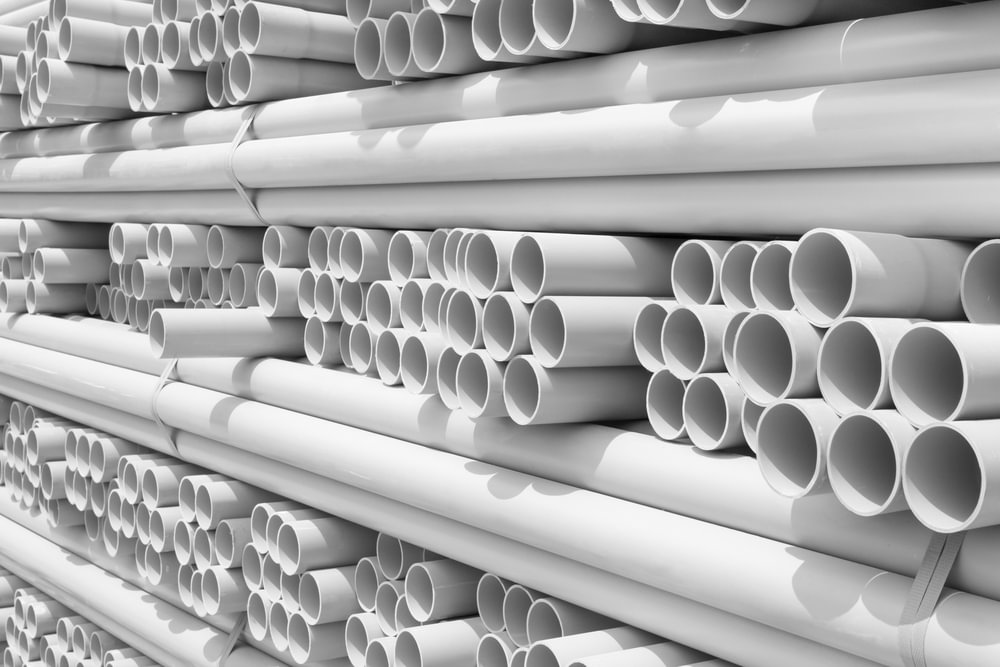In part one of this two-part blog series, we went over some of the older pipe styles that might still be found in homes today. Many materials used in piping date back to the World War II era or even before, and while modern options have replaced them in many homes, this is not always the case for older structures.
At Expert Services- Plumbing, Heating, Air & Electrical, we offer a range of pipe-related services, from basic drain cleaning to main water line repairs and many others. When any issue arises related to your plumbing pipes, knowing the material they’re made from and how new they are can be a valuable piece of knowledge. Here are some basics on modern piping materials, plus some tips on piping considerations if your home still has older pipe materials in it.
Concrete Pipes
Concrete was originally used as an encasement product for clay piping, but also can be used as its own piping material. Concrete pipes are some of the most durable out there, lasting at least 30 years in most cases and serving as one of the most popular new materials for sewer pipes.
In addition, concrete pipes are affordable and simple to maintain on a regular basis. They can experience certain pieces of damage or aging, like any material, but the risks here are generally lower than most other pipe types, particularly older materials.
PVC and ABS
Two other newer materials often used for pipes today are PVC (polyvinyl chloride) and ABS (acrylonitrile butadiene styrene), both plastic variations. These were both developed during the 1970s and quickly began to replace older materials when new piping was being installed in a given home. PVC and ABS piing are extremely durable and will last for decades, with additional qualities including:
- Cost efficiency: These plastic options are very affordable given the qualities they provide.
- Corrosion resistance: PVC and ABS piping do not rust or otherwise corrode, as many metal types will.
- Smoothness: Unlike clay pipes, for instance, PVC and ABS pipes have completely smooth interior and exterior surfaces, helping them resist waste blockages and root infiltration.
- Versatility: Plastic piping can be used either on its own or in combination with cast iron or clay materials.
- Heat tolerance: One minor limitation of plastic piping is its lack of heat tolerance, meaning it can crack if it has thinner walls – but thicker options are also available to avoid these concerns.
General Piping Tips
If your home’s plumbing pipes are older or nearing the point where they require replacement, here are some general tips:
- If your home was built before 1970, check whether it may contain Orangeburg, cast iron or clay pipes. If so, consider replacement with modern materials before issues arise.
- When looking into replacement, PVC and ABS pipes are generally the best bet. Ask our team about situations where concrete might be right for your pipes.
For more on pipe materials, or to learn about any of our plumbing or heating and air services, speak to the staff at Expert Services- Plumbing, Heating, Air & Electrical today.
